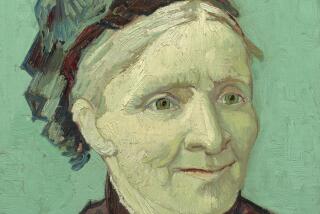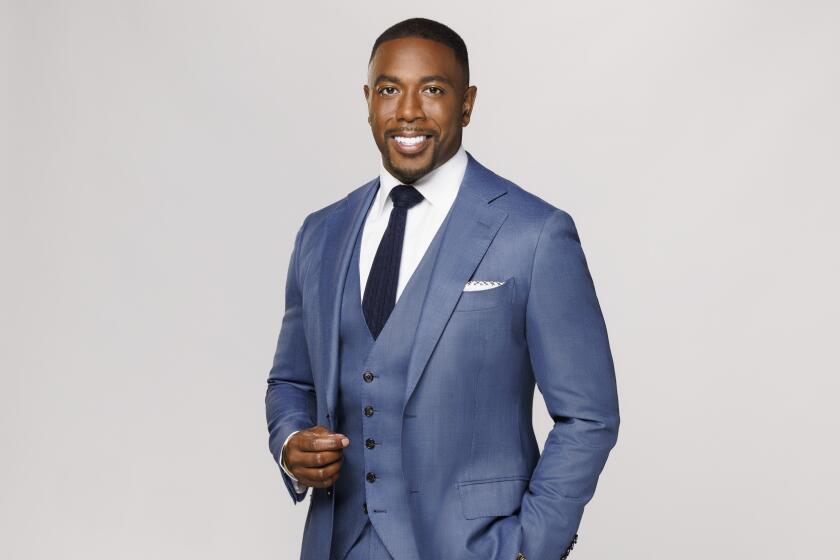War in the Eyes of H.C. Westermann
- Share via
On Thanksgiving Day in 1980, as Nancy and Ronald Reagan were preparing to take up residence in the White House, sculptor H.C. Westermann wrote in a blunt letter to his sister, Martha, “How are we going to cope with those two idiots?”
It wasn’t just a partisan rant from a disgruntled Democrat. Not your garden variety bleeding heart, 58-year-old Westermann had served with the Marines in the Pacific during World War II, had reenlisted in 1950 to serve in Korea and had joined the reserves in 1952, while he went to school to study sculpture at the Art Institute of Chicago. (Martha had spent four years in the Women’s Army Corps). That the newly elected president and commander-in-chief was a hawkish politician--one who fantasized in public about fighting valiantly during World War II, although in fact he sat it out on a movie studio back-lot--seemed grotesque. Westermann knew the meaning of authentic sacrifice. He’d been aboard the USS Enterprise on May 14, 1945, when a kamikaze--the first of a desperate series of Japanese suicide planes--slammed into its stern, killing and maiming scores. And the art Westermann had been making to great acclaim for 25 years often dealt with the agony and absurdity of war.
Indeed, Westermann’s art deals with the agony or absurdity of just about everything involved in being alive. (He died in 1981.) Beginning June 9, the Museum of Contemporary Art will host a traveling retrospective of the L.A. native’s unusual sculpture and drawings at the Geffen Contemporary in Little Tokyo. It’s the first survey of its kind since New York’s Whitney Museum of American Art toured a retrospective in 1978 (the Los Angeles County Museum of Art mounted one a decade before). Together with the concurrent Andy Warhol retrospective (through Aug. 18) and the survey of Italian sculpture, “Zero to Infinity: Arte Povera, 1962-1972” (through Sept. 22), it promises to be a remarkably rich summer at MOCA.
More to Read
The biggest entertainment stories
Get our big stories about Hollywood, film, television, music, arts, culture and more right in your inbox as soon as they publish.
You may occasionally receive promotional content from the Los Angeles Times.











